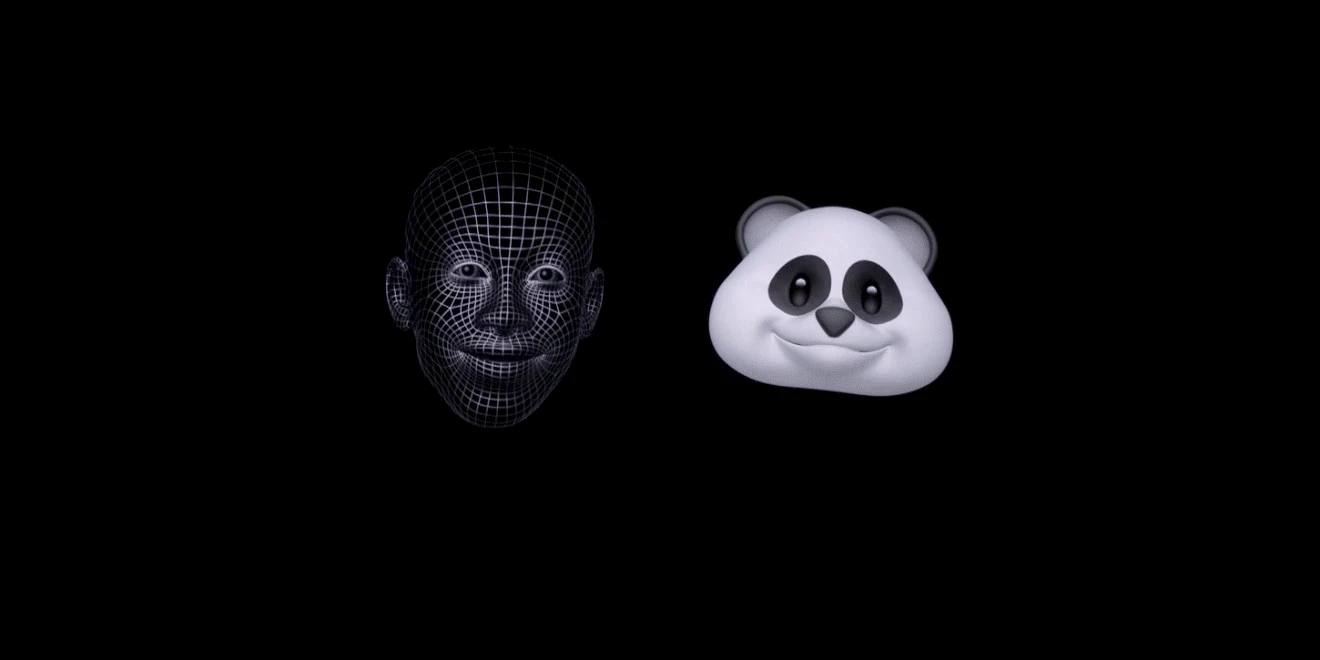Animojis steal the show at the last Apple Special Event

The iPhone X, to be released on November 3, will include a fun little feature that is turning out to be a surprise hit for Apple: Animojis! These “animated emojis”, mimicking users’ facial expressions, stole the show at the unveiling of Apple’s latest smartphone lineup.
Animojis, only available on the X, are embedded within the iMessage application. Using facial recognition technology, Animojis animate erstwhile static emojis by replicating users’ facial expressions and voice. Users have several choices of emojis, including the most popular of all. “If you were wondering what humanity would do when given access to the most advanced facial tracking technology available, you now have your answer," joked presenter Craig Federighi, Senior Vice-President of Software Engineering, while turning his face into a talking poo emoji.
While facial recognition technology has been around for some years now, it seems to have come into its own with Animojis, making itself available to the masses. While Animojis seem like nothing more than a fun, light-weight feature, the underlying technology is in fact heavy-duty: Apple has been quietly investing in facial recognition technology and developing it for several years now.
Apple acquired Swiss company Faceshift, developer of a robust motion-sensing solution able to reproduce in real time facial expressions recorded with a 3D camera. Other acquisitions by the Cupertino giant have also led to the development of the technology, including three Israeli acquisitions made between 2013 and 2017:
- PrimeSense, a pioneer in 3D sensing and used, among others, by Microsoft’s Kinect;
- Real Face, developer of an application that uses facial recognition to automatically select users’ best portraits.
- LinX, creator of a program that uses pixel-based information from 2D images to create a “depth map” and reconstruct the same image in 3D.
Finally, technology acquired through Emotient, another addition to the Apple family, also supports Animojis. Emotient, a San Diego-based startup, developed an artificial intelligence platform to read facial expressions and interpret emotions.
Emotient’s artificial intelligence platform uses the “TrueDepth” camera system to capture over 30,000 infra-red dots on a human face and digitize the data in 3D in real-time. This smart technology is able to differentiate between a 2D photo and a 3D face, and to capture and analyze over 50 different facial muscle movements.
Of course, facial recognition technology wasn’t developed by Apple just for its entertainment value: it supports Face ID, which enables a smartphone to recognize its owner in a fraction of a second (even in the dark) to automatically unlock itself. But in this case, pleasure mixes with business, and outpaces it.
Other platforms may well offer their own versions of Animojis in the near future, especially since some 3D modelling technologies now work with a basic 2D sensor, like a simple camera, as featured in a previous article.
